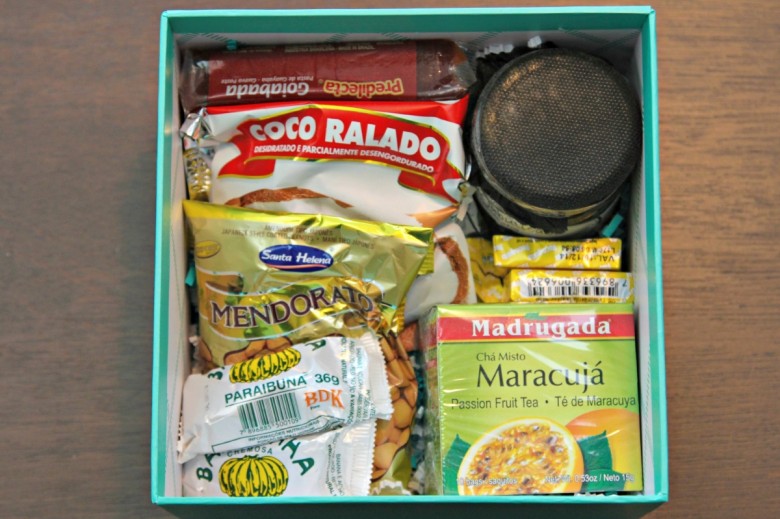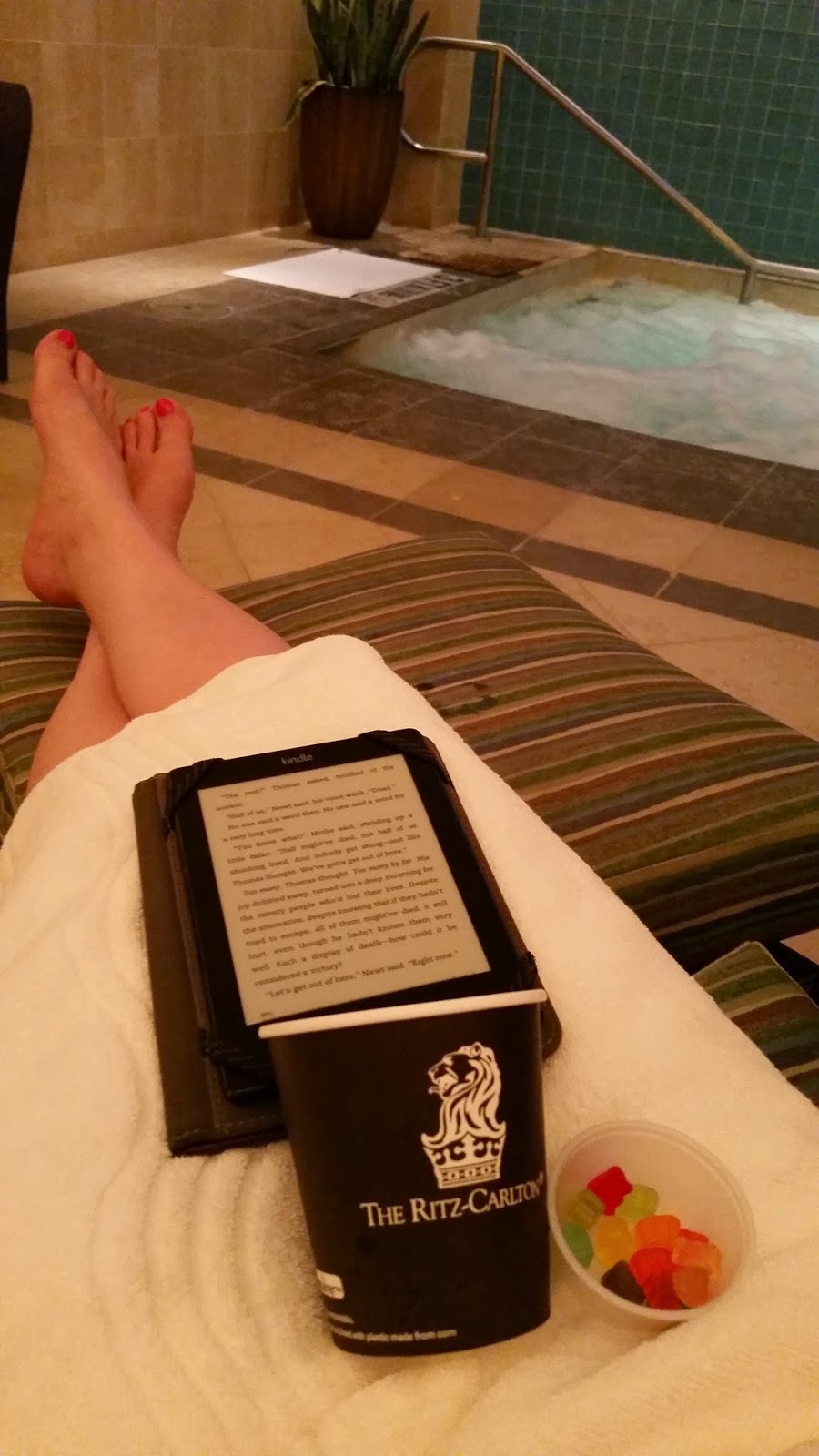It is a time-honored tradition to mark a child's growth through the years on a door-frame or wall. And that worked well for my grandparents who still live in the house my mom grew up in, and for my parents who still live in the house I grew up in. But Dan and I are not in our "forever" house. We love it here, but I don't see us staying for the next thirty years.
When I saw a DIY wooden growth chart fashioned like an old-school ruler, I fell in love. I loved everything about the inspiration project on Pinterest: it was cheap, easy to make, portable, and completely adorable. This might be one of my favorite projects of all time.
Here's what you'll need to make your own:
When picking out your board, try and find one that is straight with little warping, and without too many knots. The knots will get darker with the stain and may obscure your lines and numbers. The board doesn't need to be very high quality since you aren't using it to make furniture or anything load-bearing.
After getting your board home (which can be done in a regular car--carefully!), use the sand paper to gently remove all rough spots and splinters. I put it on a tarp in front of the TV and got the whole thing done in less time than a Scandal episode.
Now your board is ready for stain. I used an old brush to paint two coats of stain on every top, bottom and side of the board. It turned out a little darker than I would have liked, but the coverage is great and the black lines I made later are visible. If I made another one, I might try and find a lighter stain color.
When I saw a DIY wooden growth chart fashioned like an old-school ruler, I fell in love. I loved everything about the inspiration project on Pinterest: it was cheap, easy to make, portable, and completely adorable. This might be one of my favorite projects of all time.
Here's what you'll need to make your own:
- 1- 1" x 8" x 6' pine board*
- 150 grit sandpaper
- Wood stain (I used Varathane Stain and Poly in Early American semi-gloss)
- Paint brush
- Printer and paper (for number stencils)
- Pencil
- Yardstick, tape measure or ruler
- Black Sharpie marker or acrylic paint and brush
When picking out your board, try and find one that is straight with little warping, and without too many knots. The knots will get darker with the stain and may obscure your lines and numbers. The board doesn't need to be very high quality since you aren't using it to make furniture or anything load-bearing.
After getting your board home (which can be done in a regular car--carefully!), use the sand paper to gently remove all rough spots and splinters. I put it on a tarp in front of the TV and got the whole thing done in less time than a Scandal episode.
Now your board is ready for stain. I used an old brush to paint two coats of stain on every top, bottom and side of the board. It turned out a little darker than I would have liked, but the coverage is great and the black lines I made later are visible. If I made another one, I might try and find a lighter stain color.
Before you start marking the board, you need to figure out where you want it to hang. We picked a spot outside of Zahara's room and decided it should hang just above the baseboard. Dan held the board in place while I measured from the ground up. The baseboard is 4.5 inches, so my one foot mark is 7.5 inches from the bottom.
Now it is time to start making this board look like a ruler. This part is a bit tedious. You need to measure and mark every inch from top to bottom. To keep it looking like a ruler, I varied my marks for each foot as follows:
- The 1, 3, 5, 7, 9, 11 inch marks = 1.5 inches long
- The 2, 4, 8, 10 inch marks = 2 inches long
- The 6 inch marks = 2.5 inches long
- The 12 inch marks = 3 inches long
So, for each foot the pattern was:
I made all my marks with a pencil first and then went back over them with a black Sharpie. You can also use black acrylic paint and a small craft brush if you prefer.
Next, using Microsoft Word (or any other word processing program), print your number stencils. I printed numbers 1-8* using Adobe Myungjo font at 200 points. You can use any font you like, but this one looked the most like an old ruler to me. I separated each number and placed it just below the foot mark (on the 11 inch mark). Then, with the number right-side up, I used a pen to trace the outline of the number onto the board. I pressed pretty hard, resulting in a slightly embossed number. I retraced the number with a pencil to make sure my lines looked good, and then filled it in with my Sharpie.
The final step is hanging the ruler. There are a few ways to go about this, but we decided to just screw it right into the wall. This way, there is no chance of it accidentally falling or wiggling around. It is nice and secure. I was worried about the visibility of the screws, but they are hardly noticeable.
This really might be my favorite project ever. I can't wait to see how Zahara grows through the years!
* My Home Depot only had a 1x6x8 instead of a 1x8x6, so my ruler is a bit taller than my inspiration photo. It worked out OK though because I have tall ceilings and it helps fill the space.








































